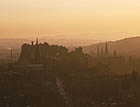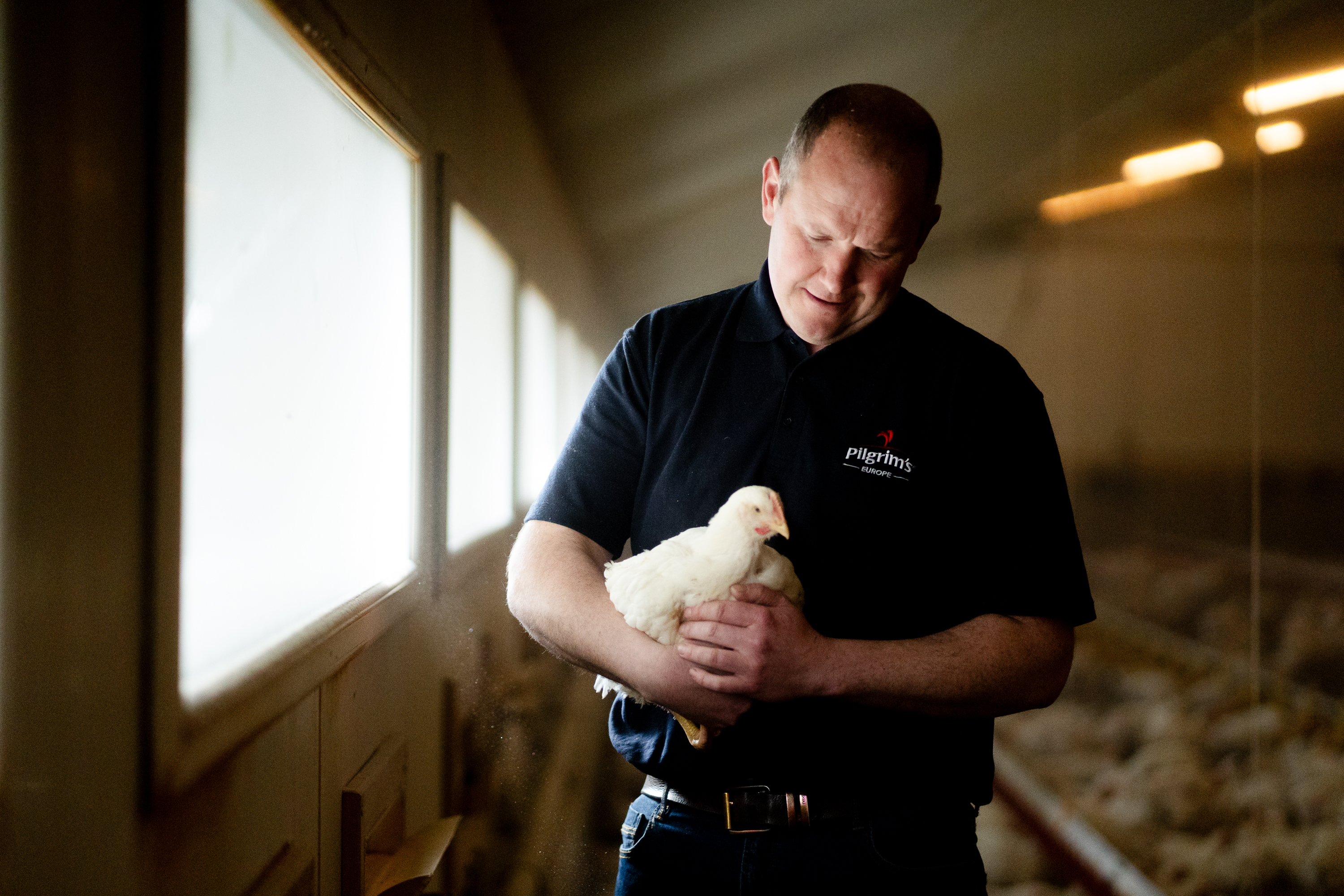Scottish estates for sale
Whatever happens 'south of the border', the Scots tend to do things differently so it comes at no surprise that despite the economic climate, several 'big guns' are now on the market


The Scots always like to do things differently from the English, and 2008 will be no exception, says Archie Leslie Melville of Bell Ingram in Perth (01738 621121), who anticipates another busy year in the Scottish country-house and estates market, 'whatever happens south of the border'.
Certainly, his firm has lost no time in wheeling out the first of this year's 'big guns'—the 4,230-acre Gruinards mixed sporting estate at Ardgay, in Sutherland’s majestic Strathcarron glen, 55 miles north of Inverness, for which 'offers over £1.6 million' are invited.
The heart of the estate is the classic baronial Gruinards Lodge, designed and built in 1896 by A. Maitland & Sons, an eminent firm of Scottish architects founded in 1842. With its impressive four-storey tower, mock-Tudor façade, pitch-pine panelled interior and splendid fireplaces, Gruinards Lodge, listed category C by Historic Scotland, is the quintessential Victorian shooting lodge, agreeably untouched by time, despite being 'comprehensively refurbished' in the early 1980s. It has three main reception rooms, a conservatory, a huge master suite, nine further bedrooms and five further bathrooms, plus a coach house, outbuildings and various estate cottages. On the sporting front, the estate offers good red-deer stalking, the potential to create an excellent shoot, and fishing on the River Carron.
The presence of two crofts within the estate boundary is reflected in the price, which includes the contents of the lodge, as well as all the estate’s equipment and machinery. Several centuries after the English nobility had abandoned the austere simplicity of the Norman keep for the freedom and exuberance of the Tudor castle, the Scots continued to build grim, forbidding fortresses with the primary aim of keeping marauding English armies at bay.
Scotland's largest and least-altered 15th-century stronghold, Borthwick Castle in Mid-lothian, a few miles south of Edinburgh, has been the scene of many pivotal episodes in Anglo-Scottish history. Now, after 23 years in English hands, a period that has seen its fabric and its fortunes magnificently restored, the castle is for sale through Scottish agent George Goldsmith (0131–476 6500), who invites 'offers over £3m' for the 990-year lease.
The massive twin-towered fortress was built in 1430 by William, 1st Lord Borthwick, under a licence granted by James I as a reward for Borthwick’s role in bringing the king home to Scotland after 18 years’ imprisonment in England. Borthwick Castle was built of finest ashlar, with walls 100ft high and 20ft thick at the base; originally, it also had a moat, a drawbridge and a portcullis.
The castle was very much home to successive generations of Borthwicks, who entertained lavishly in the vast Great Hall, of which it was said 'it is so large and high of the roof that a man on horseback may turn a spear in it with all the ease imaginable'.
Sign up for the Country Life Newsletter
Exquisite houses, the beauty of Nature, and how to get the most from your life, straight to your inbox.
The 6th Lord Borthwick played host to Mary, Queen of Scots on many occasions. In June 1567, a few weeks after her marriage to the Earl of Bothwell, the couple fled to Borthwick when they learned of a plot by Scottish nobles, who mistrusted Bothwell, to capture them. Some 1,000 men surrounded the castle, but the earl had already left the scene, and Mary escaped that night, alone, dressed as a pageboy. In 1650, the 9th Lord Borthwick was in residence when Oliver Crom-well laid siege to the castle, warning his lordship in a letter: 'If you necessitate me to bend my cannon against you, you may expect what I doubt you will not be pleased with.'
At the time, Scotland wasn’t used to heavy guns, and Borthwick didn't reply immediately, probably thinking this was an idle threat. The east side of the castle still bears the scars of Cromwell's ferocious bombardment, after which Borthwick gave in and left the premises with his wife and children. Following its seizure by Cromwell's forces, Borthwick Castle lay derelict for many years, until, in the late 1800s, the Borthwick family rescued it 'from its ruinous and neglected state' (Country Life, May 13, 1913); in 1903, the Great Hall's woodwork was restored. In the 1970s, the castle finally passed out of Borthwick family ownership for good.
In 1984, an advertisement for Borthwick Castle in Country Life caught the eye of globe-trotting aircraft designer Dr Gerry Loadsman, who was living in California at the time, and confesses that he had 'never dreamed of buying anything like it'. But buy it he did, since when he and his family have spent large amounts of time and money renovating Borthwick's fabric and romantic interior, introducing comfort where previously there was none. Currently run as a unique, small country-house hotel which could so easily revert to single-family occupation, Borthwick Castle, listed Category A, stands in 7.5 acres of grounds and has nine bedrooms, nine bathrooms and a staff suite, in addition to the historic Great Hall, Reception Hall, Garrison Room and two-bedroom Tower Gate Lodge.
Country Life is unlike any other magazine: the only glossy weekly on the newsstand and the only magazine that has been guest-edited by HRH The King not once, but twice. It is a celebration of modern rural life and all its diverse joys and pleasures — that was first published in Queen Victoria's Diamond Jubilee year. Our eclectic mixture of witty and informative content — from the most up-to-date property news and commentary and a coveted glimpse inside some of the UK's best houses and gardens, to gardening, the arts and interior design, written by experts in their field — still cannot be found in print or online, anywhere else.
-
 A Grecian masterpiece that might be one of the nation's finest homes comes up for sale in Kent
A Grecian masterpiece that might be one of the nation's finest homes comes up for sale in KentGrade I-listed Holwood House sits in 40 acres of private parkland just 15 miles from central London. It is spectacular.
By Penny Churchill
-
 What the cluck? Waitrose announces ‘trailblazing’ pledge to help improve chicken welfare standards
What the cluck? Waitrose announces ‘trailblazing’ pledge to help improve chicken welfare standardsWaitrose has signed up to the Better Chicken Commitment, but does the scheme leave Britain open to inferior imports?
By Jane Wheatley